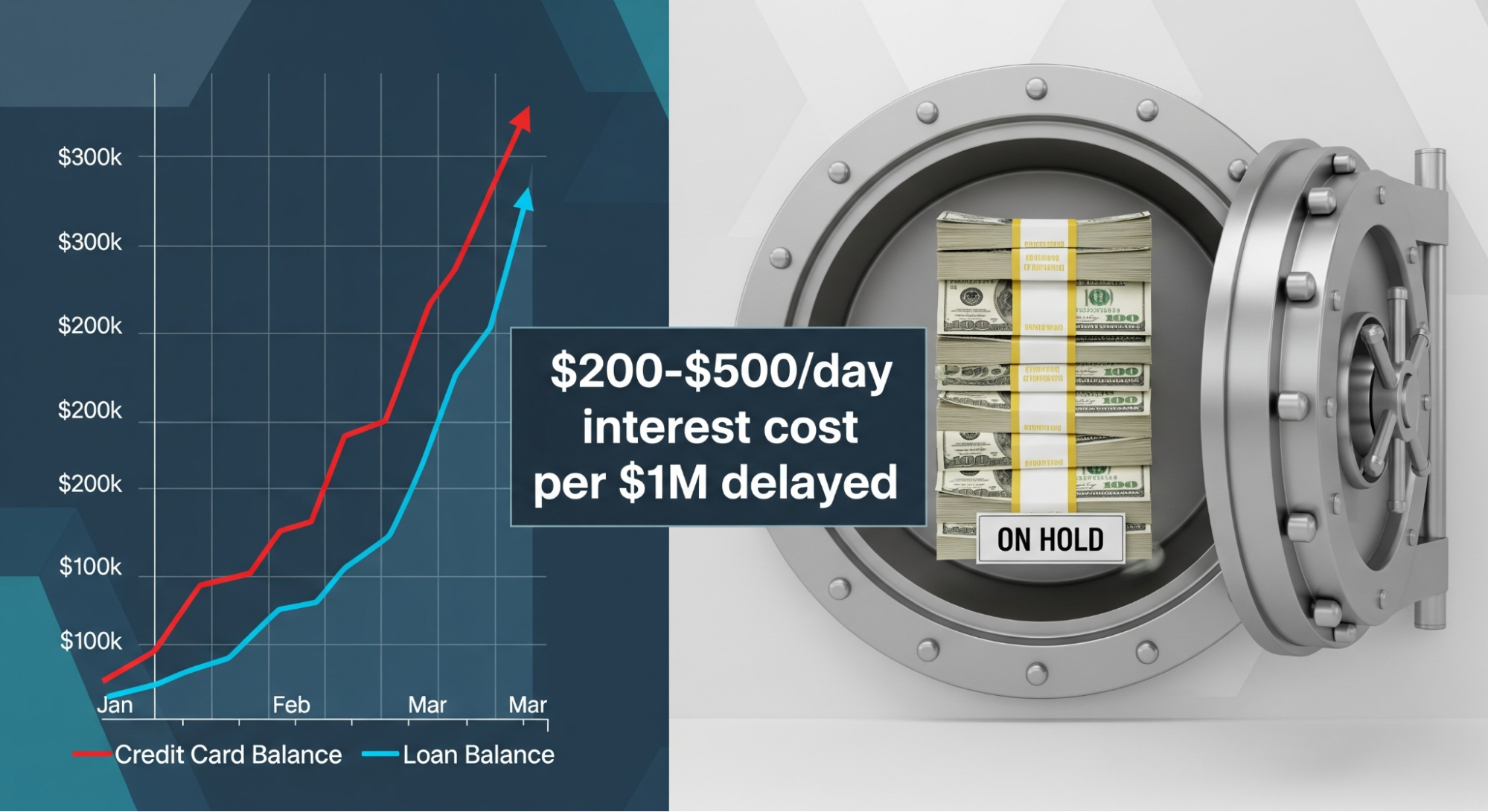
Arjun Gupta
November 11, 2024

TABLE OF CONTENTS
Why wait when there are people eager to e-meet you?
Let's meet, greet, and discuss
Salesforce, the undisputed king of CRM (Customer Relationship Management) systems, isn't just about storing data; it's about harnessing that data's power to drive your business forward. And the key to unlocking this power? Salesforce Reports and Dashboards. These dynamic tools transform raw data into actionable insights, empowering you to make smarter decisions, boost sales, and enhance customer relationships. This comprehensive guide will walk you through everything you need to know about building and leveraging these crucial Salesforce features.
Before we dive into the how-to, let's clarify the roles of reports and dashboards. Think of them as a powerful team:

In today's competitive landscape, data-driven decisions are no longer a luxury; they're a necessity. Salesforce reports and dashboards provide the critical link between your data and strategic decision-making, offering numerous benefits:

Let's dive into the practical aspects of building these powerful tools. First, Reports:



By following these steps and best practices, you can harness the full potential of Salesforce reports and dashboards, turning data into actionable insights that drive your business forward. Remember, the journey to mastering these tools is an iterative one. Start small, focus on your key metrics, and gradually expand your reporting and dashboard capabilities as your needs evolve. With a little practice and a keen eye for data analysis, you'll unlock the true power of Salesforce and gain a competitive edge in today's data-driven world.
Salesforce-based applications like REDA Pay, a payment processing solution, automate tasks and integrate seamlessly with existing data. This improved data flow is crucial, as it fuels the creation of more insightful reports and dashboards. With automated data collection and streamlined processes, businesses gain access to richer, more accurate data for analysis. This translates to more effective reports highlighting key financial metrics, and more powerful dashboards offering real-time insights into payment processing efficiency, revenue streams, and other vital KPIs. The result is improved decision-making, enhanced operational efficiency, and ultimately, accelerated business growth—all driven by the powerful combination of automated processes and robust reporting capabilities within the Salesforce ecosystem.










.jpg)
.avif)


.png)
.png)




